Products
At DSM Andre Pectin we combine our high quality raw materials, process knowledge & the knowledge of our client’s processes to provide great products & exciting solutions.
Applications & Solutions
Pectin is a natural fibre found in fruits and vegetables. The pectin found in fruits such as apples, oranges, lemons and limes offers particularly good gelling, thickening and stabilizing properties. For decades, pectin has been used in the preparation of homemade jams and jellies, and it remains today a staple ingredient found in kitchen cupboards all over the world. It is a natural ingredient with a long heritage and enjoys high levels of recognition and awareness among consumers of all ages and backgrounds.
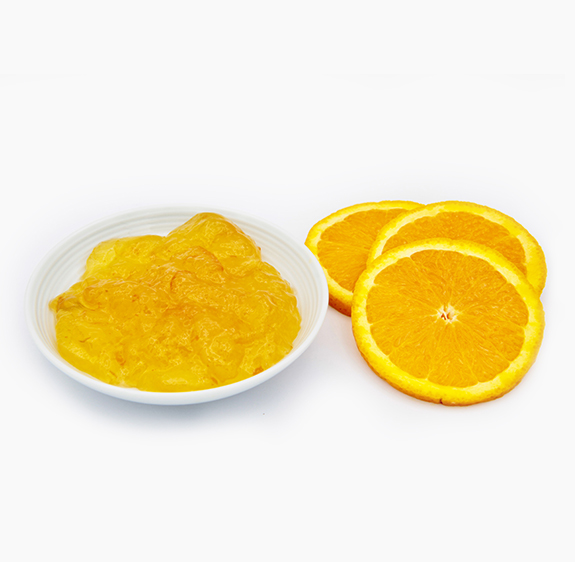
Fruit-Based Products
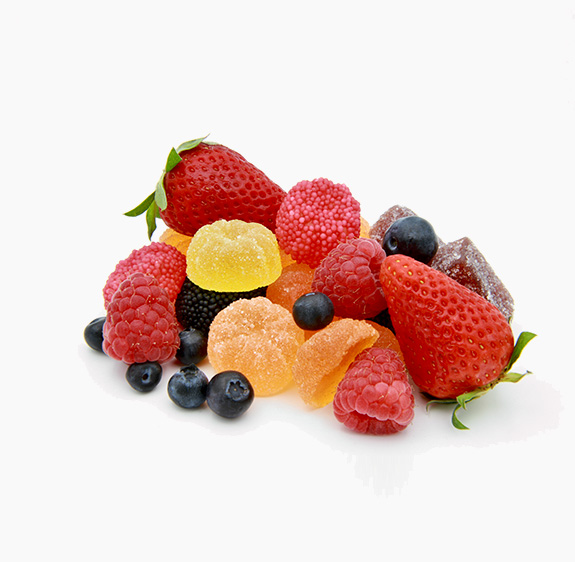
Confectionery
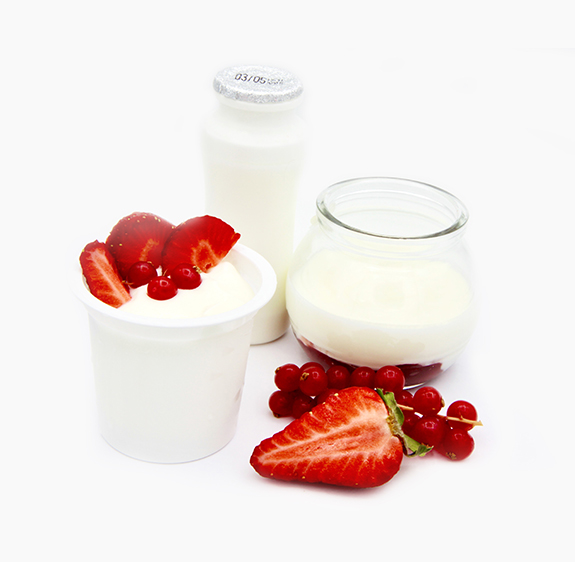
Dairy
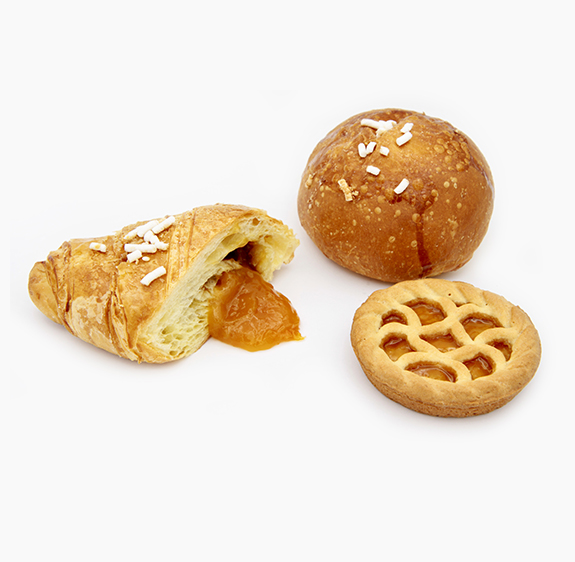
Bakery
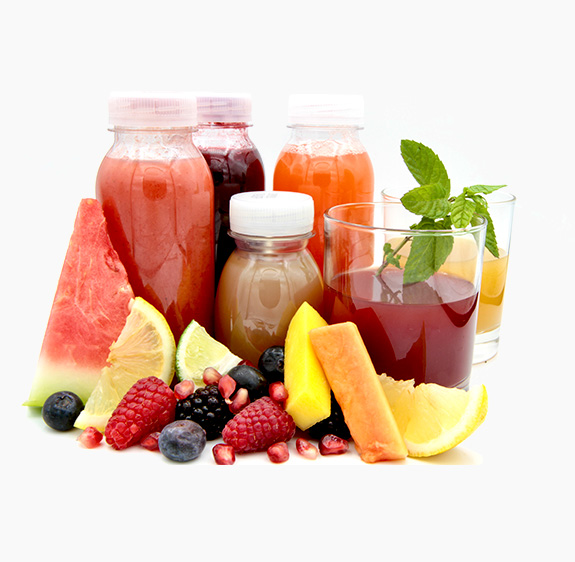
Beverages
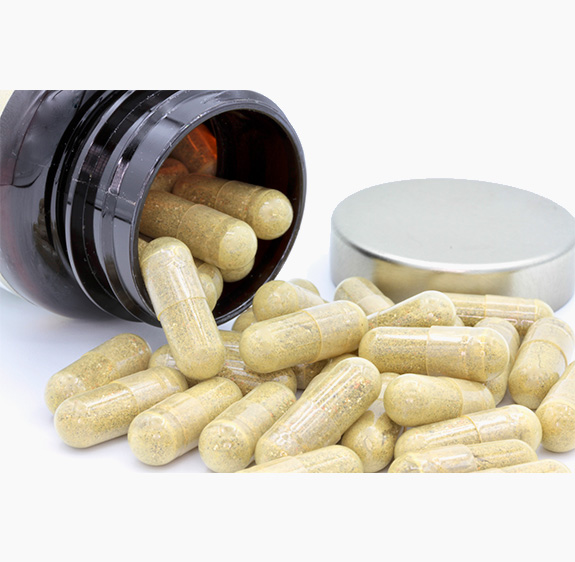
Nutrition & Healthcare
Leave a message for us
If you are interested in our products, please contact us







